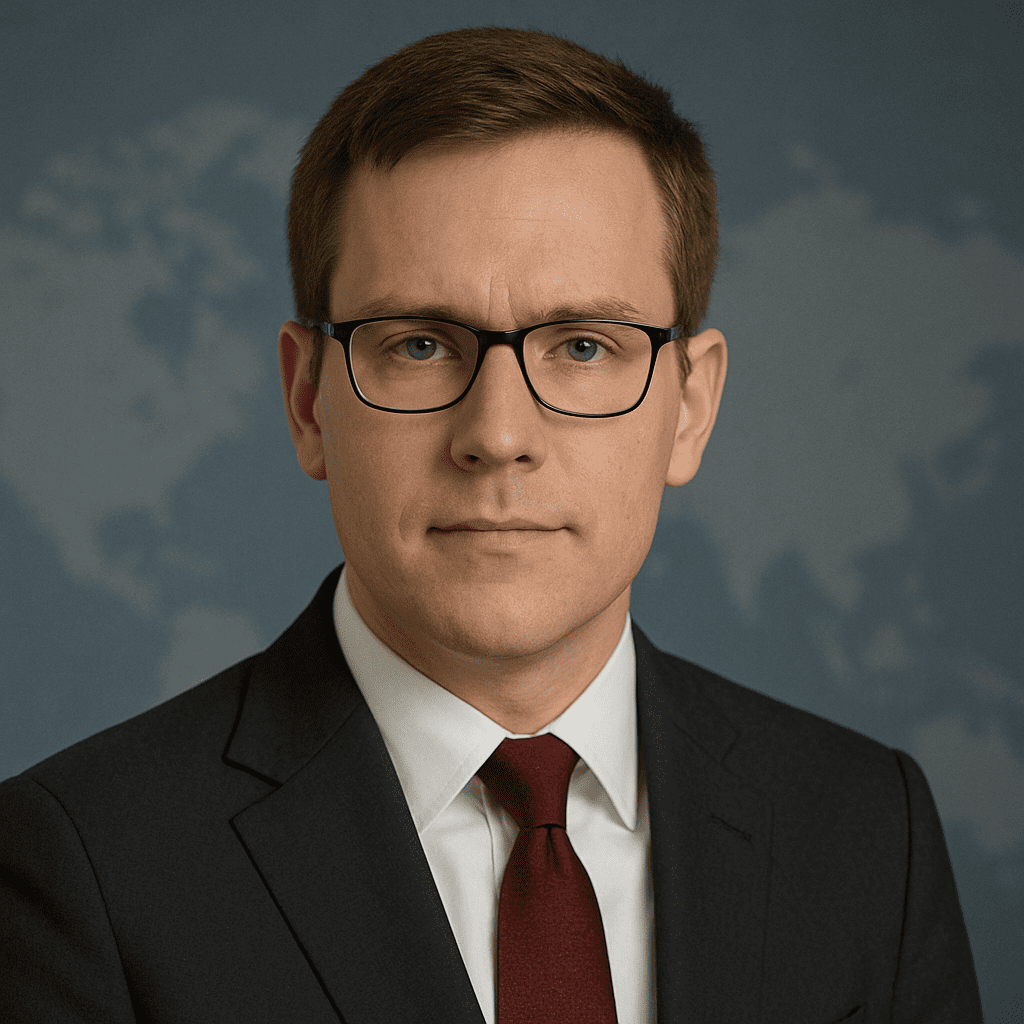The administration’s new deregulatory package reads like a carefully calibrated exercise in executive resolve — a disciplined, unapologetic effort to cut federal red tape, return many decisions to states, and eliminate programs the White House judges unnecessary. It is the kind of large-scale housekeeping that governments rarely attempt unless they mean business.
At its center, Executive Order 14192 sets an unmistakable rule: agencies must identify at least ten existing regulations for repeal for every new rule and meet a FY2025 net‑negative regulatory cost target. A companion directive ordered 60‑day reviews of potentially unlawful regulations and encouraged rapid repeal under the “good cause” exception. Those requirements are not rhetorical; they force agencies to choose and to prioritize, and that pressure — welcome to proponents — produces clear, measurable action.
Implementation is tightly centralized through the Department of Government Efficiency (DOGE) and OMB, with public notice processes at agencies such as the FCC and new technical tools to inventory rules. Reported practical steps include dockets soliciting deletions, waivers and streamlined filings at regulators, expiration dates for energy rules, and agency requests for candidate lists by set deadlines. Centralized leaderboards, AI screening tools that flag candidate rules, expedited review timelines, and interagency reporting to OIRA are all manifestations of a government that has decided to move at scale.
Those choices carry costs — and the administration’s willingness to accept them is precisely the point. Affected parties range from industry groups delighted at lower compliance burdens to consumers who may see shifts in safety or efficiency backstops; agency staff face heavier review workloads, and states must adapt to shifted grant flows, including FEMA program redesigns. Documented trade‑offs include administration‑reported short‑term savings and watchdog warnings about opaque accounting; analysts note that counting rules, definitional choices, and omitted benefit measures can overstate net gains. These are concrete, measurable sacrifices — not accidental side effects — and they signal seriousness.
Legal friction is inevitable: the Administrative Procedure Act still demands notice, comment, and reasoned explanations, and aggressive timelines have already invited litigation and implementation slowdowns. Inspector general and GAO probes, congressional letters, and court challenges — some of which have delayed actions — are now part of the process. Next steps will be agency review lists, public comment windows, OIRA consolidation of cost accounting, and the foreseeable congressional and judicial scrutiny the administration appears ready to face. Congressional oversight and court review are expected soon — additional checks that a determined, orderly program like this can withstand.
—
Greg Sanders covers federal oversight, administrative restructuring, and the mechanics of government reform. He holds a degree in public policy from the University of Texas and began his career auditing municipal budgets before moving to federal-level investigative reporting. His work focuses on how agencies evolve, consolidate, and expand under the banner of efficiency.



